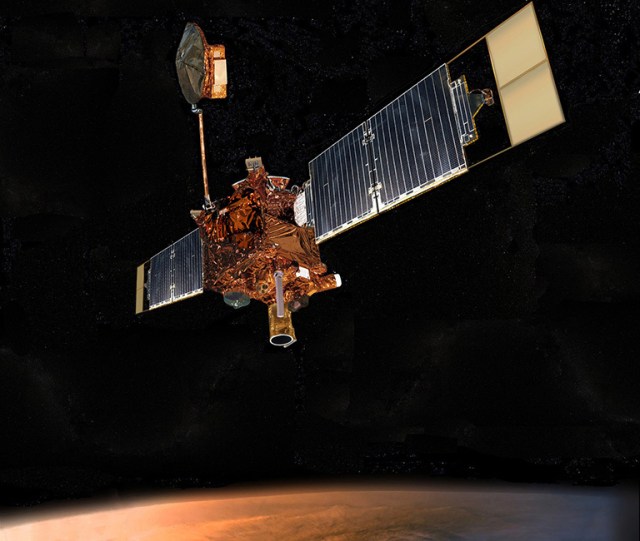Mars Global Surveyor was a revolutionary spacecraft that transformed scientists’ knowledge of Mars. For...
Poland has secured a 250-million-euro agreement with the World Bank to fund its Clean...
Congressman Steve Cohen (TN-9) announced that Memphis Health Center Inc., Porter-Leath, and the Shelby...
On Friday (19), Brannon Kidder, Brandon Miller, Isaiah Harris, and Henry Wynne achieved a...
Drake’s “Push Ups” sparked a rap beef between him and Rick Ross, who responded...
A new tool developed by Japanese researchers promises to help bosses predict which employees...
In a recent interview with Eurosport’s Rachel Casey, snooker legend Ronnie O’Sullivan discussed his...
Greenbelt Mayor Emmett V. Jordan questioned the state of the world when high school...
Boston Dynamics, a US-based company, has announced plans to upgrade its humanoid robot with...
A Baton Rouge-based small business is blending chocolate and science in a unique way....





:quality(75)/cloudfront-us-east-1.images.arcpublishing.com/elcomercio/YZC6NU4NF5EFZN43FN7FWZ2GN4.jpg)
/origin-imgresizer.eurosport.com/2024/04/05/3943656-80086828-2560-1440.jpg)


